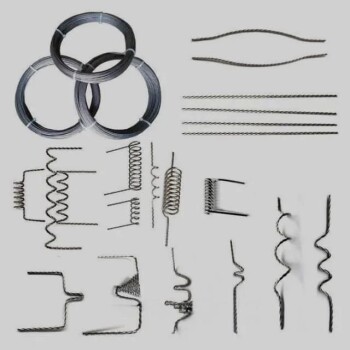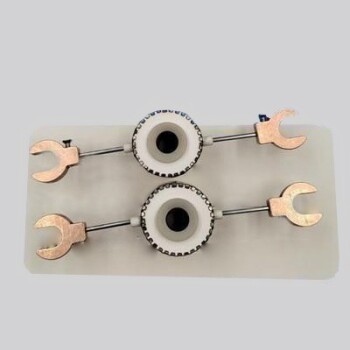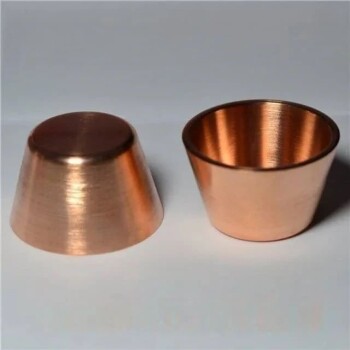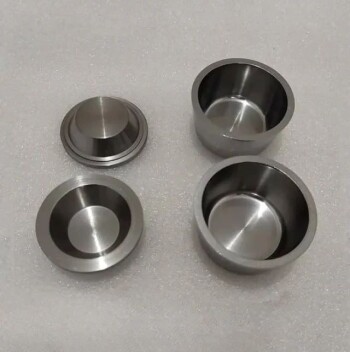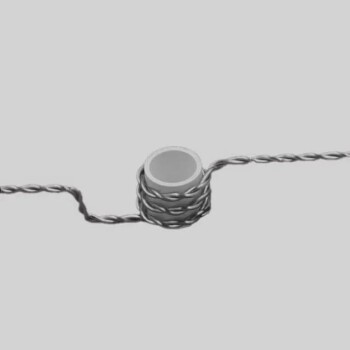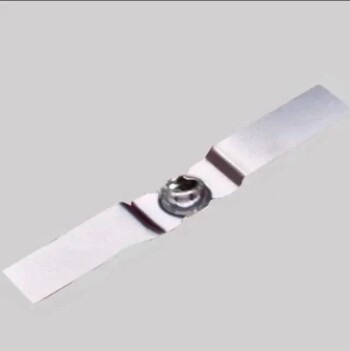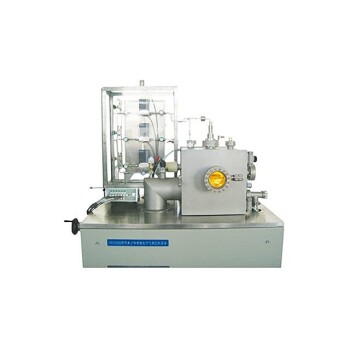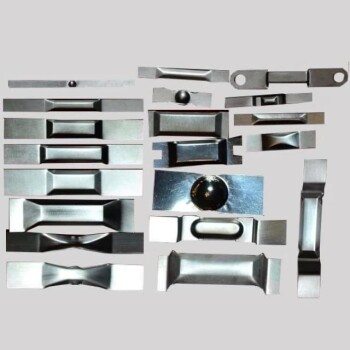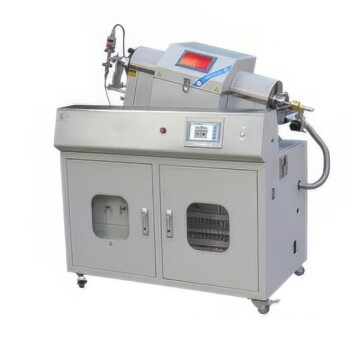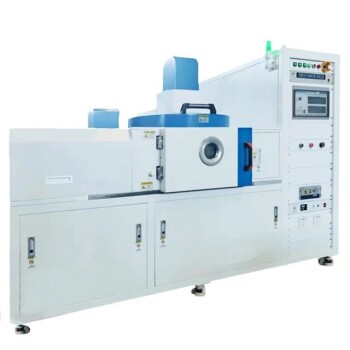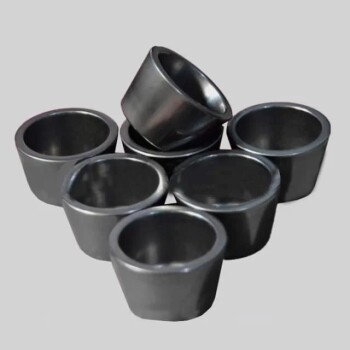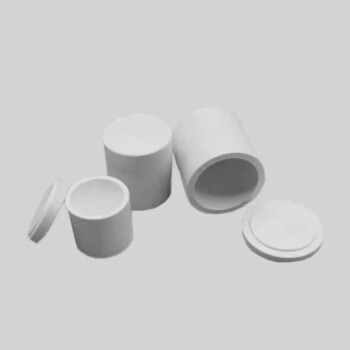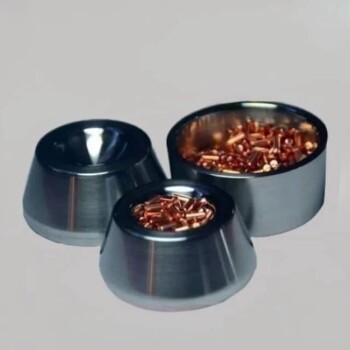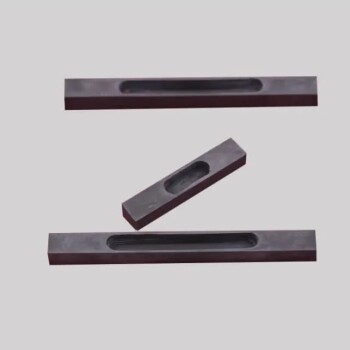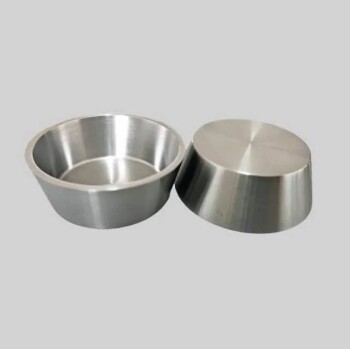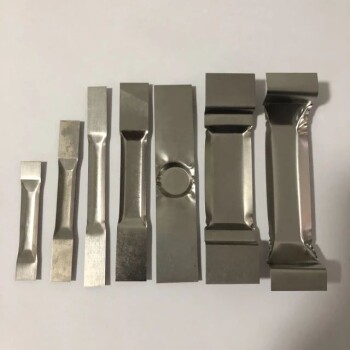Introduction to Evaporation in Coating Industry
Thin Film Deposition by Evaporation
Thin film deposition via evaporation is a widely utilized technique in various industries, including microfabrication and macro-scale product manufacturing such as metallized plastic films. This method involves evaporating the source material in a high vacuum environment, where the vapor particles travel unimpeded to the substrate surface. There, they condense and solidify to form a thin, uniform film.
The process of evaporation is akin to the natural phenomenon where water vapor condenses on the lid of a boiling pot. However, the technological implementation differs significantly. In thin film deposition, the evaporation occurs under high vacuum conditions, typically at pressures around 10^-4 Pa, ensuring that the evaporated particles have a long mean free path, often exceeding 60 meters for a 0.4-nm particle. This minimizes collisions with background gases, allowing the particles to reach the substrate directly and efficiently.
The vacuum environment is crucial because it eliminates unwanted vapors from hot objects within the evaporation chamber, which could otherwise compromise the quality of the thin film. This controlled environment ensures that the deposited film is of high purity and uniformity, making evaporation an ideal choice for applications in optics, electronics, and solar cells.
Thermal evaporation, although an early method, remains indispensable due to its high deposition rate and material utilization efficiency. Advanced techniques like E-Beam deposition further enhance its capabilities, enabling the production of high-quality coatings with remarkable precision.
Types of Evaporation Sources
Filaments
Filaments are critical components in the process of thin film deposition, primarily composed of high-melting-point metals such as tungsten, molybdenum, and tantalum. These metals are chosen for their ability to withstand extreme temperatures without degrading, ensuring the stability and longevity of the filament during operation.
When a high electric current is passed through these filaments in a vacuum environment, they are heated to temperatures that can exceed 2000°C. This intense heat causes the filament material to evaporate, transforming into a gaseous state. The vacuum environment ensures that the evaporated particles move unimpeded toward the substrate, where they condense to form a uniform thin film.
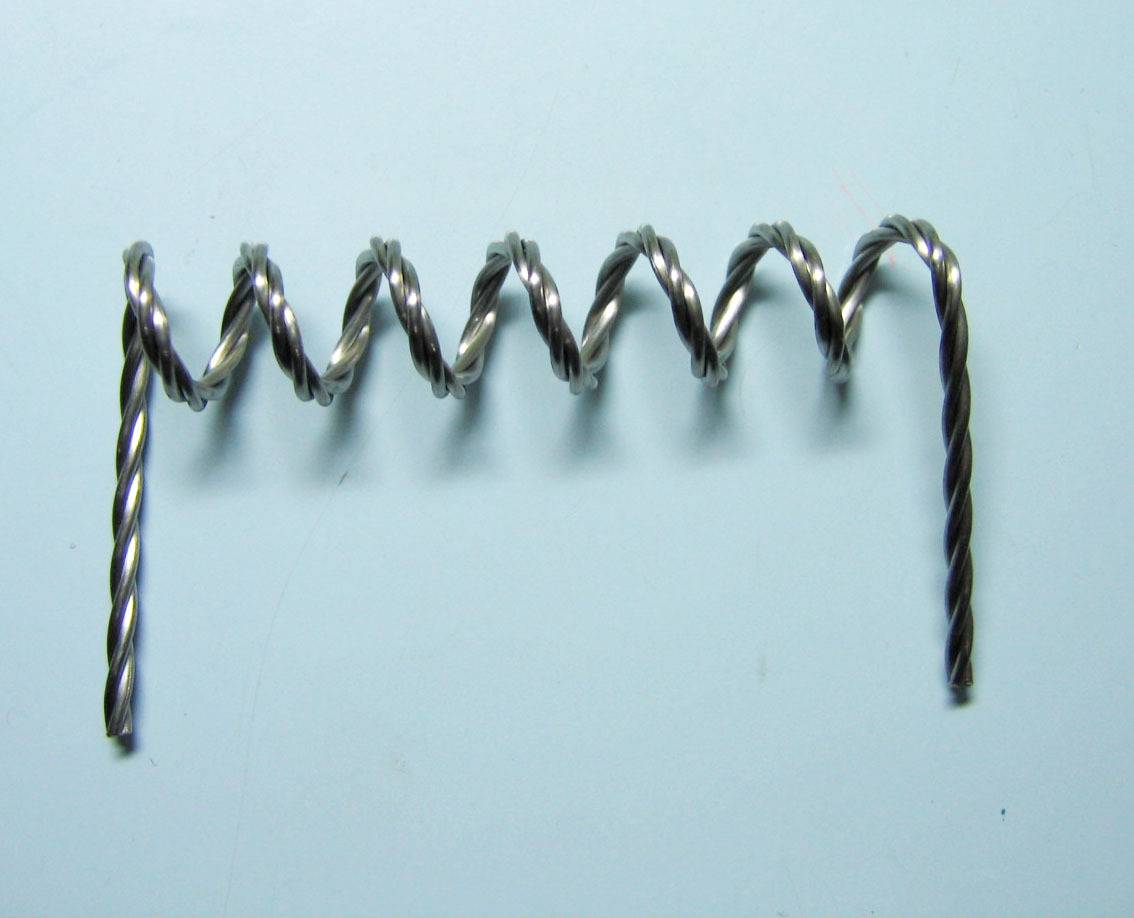
The choice of filament material is crucial, as it directly impacts the quality and consistency of the deposited film. Tungsten, for instance, is favored for its high melting point and mechanical strength, making it ideal for applications requiring high thermal stability. Molybdenum and tantalum offer similar benefits, with additional properties such as good thermal conductivity and resistance to chemical corrosion, which are essential for maintaining the integrity of the evaporation process.
In summary, filaments play a pivotal role in the evaporation process, enabling the precise and controlled deposition of thin films by leveraging the unique properties of high-melting-point metals.
Crucibles
Crucibles are specialized containers designed to withstand extreme temperatures, making them indispensable in high-temperature applications such as metal casting and thin film deposition. These crucibles are typically crafted from materials with exceptionally high melting points, such as tungsten, molybdenum, tantalum, and high-temperature resistant ceramics like alumina, graphite, or boron nitride. The choice of material for a crucible is meticulously determined by the specific requirements of the process, particularly the melting point of the material to be evaporated.
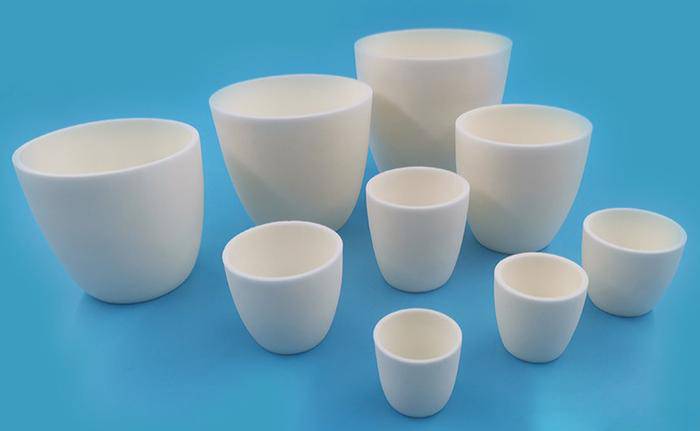
In the context of metal casting, crucibles must endure the highest temperatures encountered in foundry operations. They are often constructed from materials like clay-graphite or silicon-carbide, which not only resist extreme heat but also offer durability and longevity. Silicon-carbide, in particular, is prized for its exceptional wear resistance and thermal shock resistance, making it a preferred choice for many industrial applications.
Historically, crucibles have evolved significantly, with early forms dating back to the sixth/fifth millennium B.C. in Eastern Europe and Iran. These early crucibles were primarily used for copper smelting and were made from clay, which, despite its lower refractory properties, was sufficient for the processes of that era. Over time, crucibles have incorporated design modifications such as handles, knobs, and pouring spouts, enhancing their functionality and ease of use.
In modern thin film deposition, crucibles play a crucial role in maintaining the integrity of the evaporation process. By containing the source material securely and withstanding the intense heat required for evaporation, they ensure that the material is vaporized uniformly, leading to high-quality thin film formation. This critical function underscores the importance of selecting the appropriate crucible material and design to match the specific demands of the evaporation process.
Evaporation Boats
Evaporation boats are specialized components designed for the vacuum evaporation of materials, particularly aluminum. These boats are typically constructed from materials such as tungsten or high-performance ceramic composites, including boron nitride and titanium diboride. These materials are chosen for their exceptional thermal conductivity and resistance to high temperatures, ensuring reliable performance and extended service life.
Evaporation boats serve as receptacles for the metal to be evaporated, functioning as electrical resistance heaters. Under high vacuum conditions, a continuous flow of current heats the boat and the aluminum wire, causing the wire to melt and subsequently evaporate. This process is meticulously controlled to ensure even heating and distribution of the molten metal, forming a homogeneous vapor cloud.
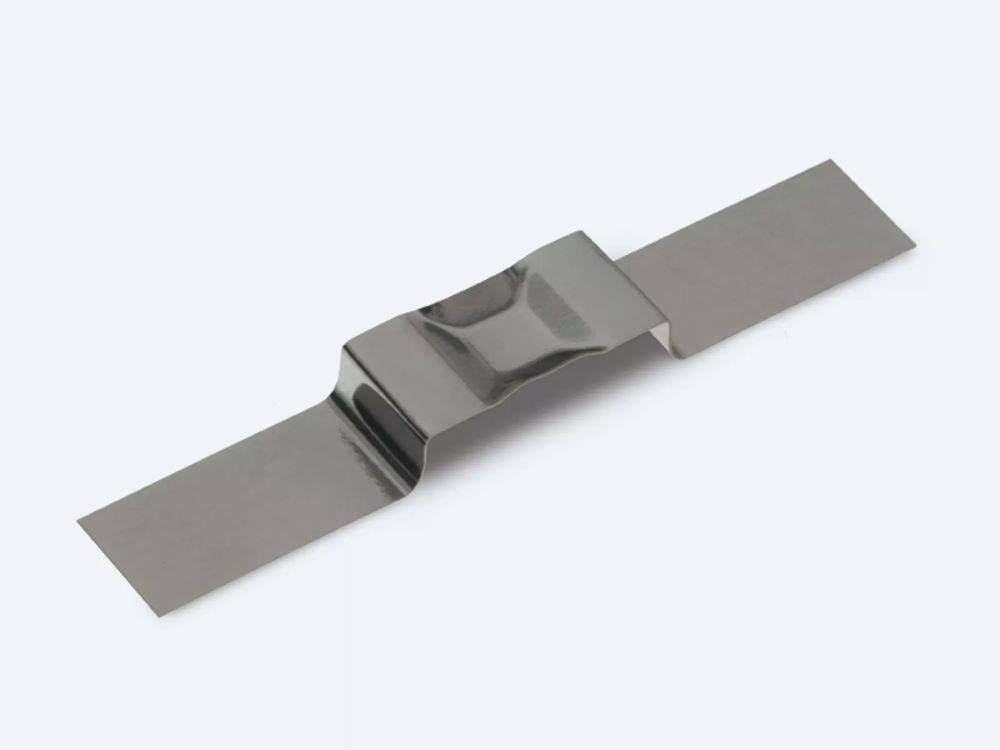
The design and surface texture of evaporation boats are crucial for their performance. Special surface structuring helps in forming a molten bath that is evenly distributed across the boat, ensuring a consistent vapor cloud. This homogeneity is essential for the uniform deposition of the metal vapor onto the substrate located above the vapor cloud.
In addition to their standard applications, evaporation boats can be customized to meet specific customer requirements. Companies like KINTEK Solutions offer tailored dimensions and designs to ensure that the boats provide even and controlled heating, essential for vaporizing more volatile substrates. This customization ensures that the evaporation process remains free from contamination, a critical factor in maintaining the quality of the thin film deposition.
Related Products
- Thermally Evaporated Tungsten Wire for High Temperature Applications
- Molybdenum Tungsten Tantalum Evaporation Boat for High Temperature Applications
- Aluminized Ceramic Evaporation Boat for Thin Film Deposition
- Electron Beam Evaporation Coating Oxygen-Free Copper Crucible and Evaporation Boat
- Electron Beam Evaporation Coating Tungsten Crucible and Molybdenum Crucible for High Temperature Applications
Related Articles
- A Guide to Choosing the Right Temperature for Warm Isostatic Press
- How to Ensure Molding Quality and Efficiency with Warm Isostatic Press
- Challenges in the Development and Application of Tantalum in Vacuum Deposition Equipment
- A Comprehensive Guide to Vacuum Coating: Enhancing Performance and Aesthetics
- Exploring the Benefits of Using Tungsten for Furnace Heating

